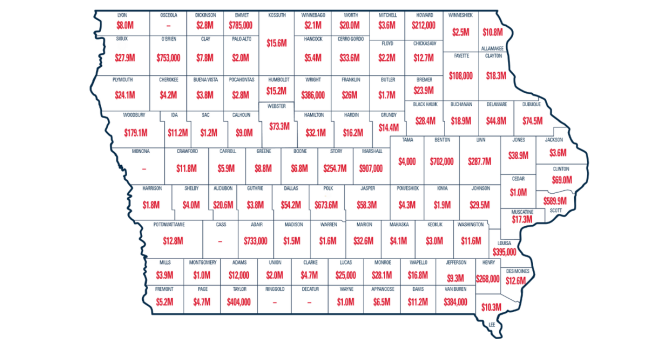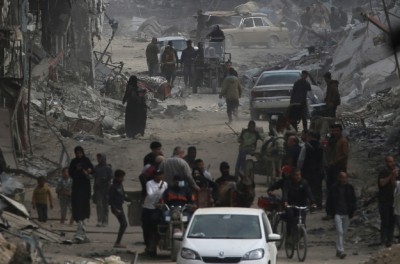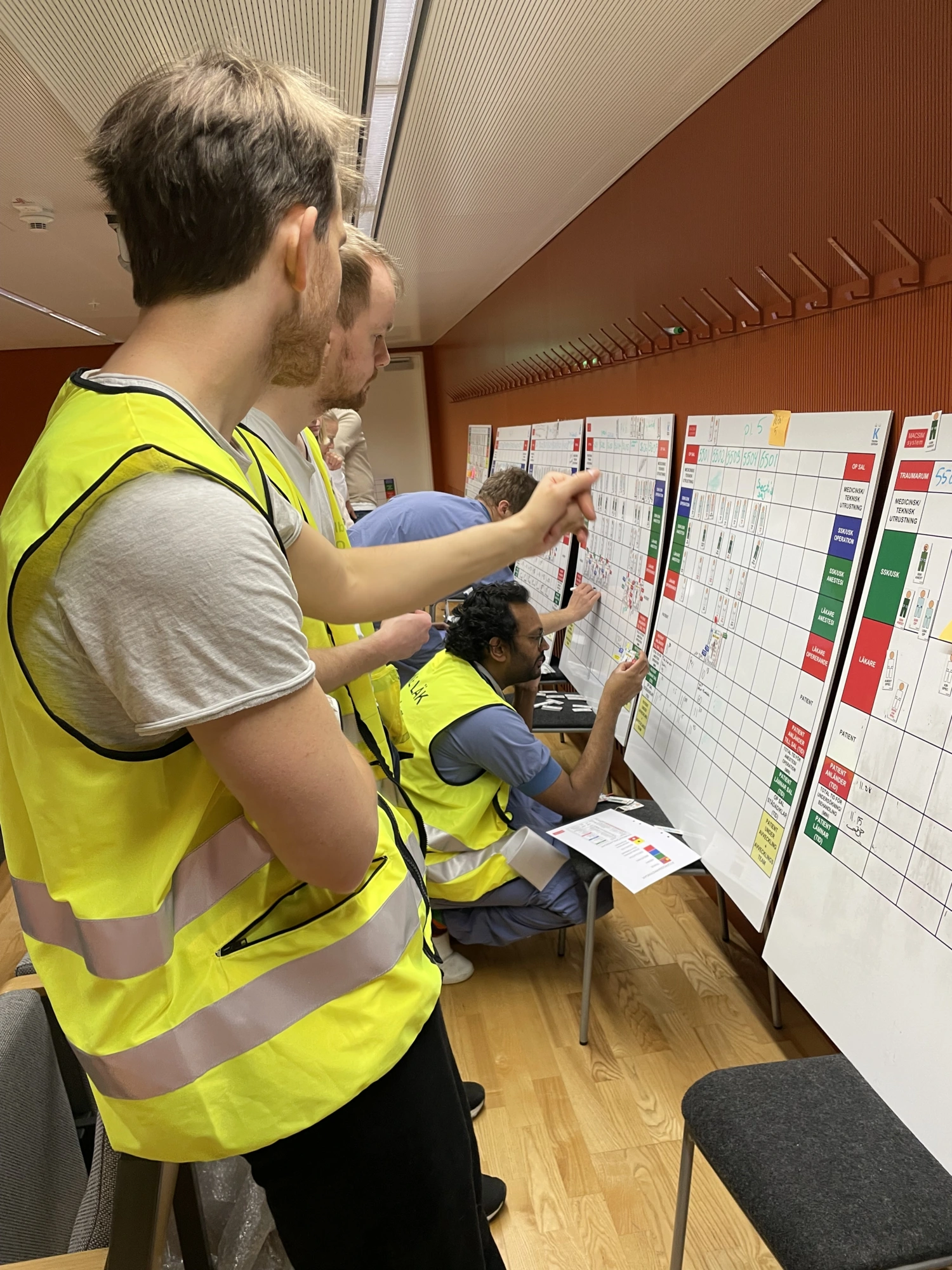
World Health Organization declares global COVID-19 crisis a pandemic.
The WHO has characterised COVID-19 as a pandemic after cases increased 13-fold outside China in the past two weeks.
WHO Director-General, Dr Tedros Adhanom Ghebreyesus said: “We have never before seen a pandemic sparked by a coronavirus. This is the first pandemic caused by a coronavirus.”
More than 114 countries are now experiencing COVID-19 cases, including Australia.
Globally there are more than 118,000 confirmed cases of the Novel Coronavirus (COVID-19) according to the latest situation report from the World Health Organization (WHO) (as of 11 Mar 2020).
WHO has also raised its global health risk assessment to its highest level.
The global spread of COVID-19 continues, with 114 countries in addition to China now reporting cases, including an increasing number with evidence of sustained local transmission. While the overall number of deaths remains relatively low, the case fatality rate is high among older people and those with underlying health conditions. Limited data is available about children (although it looks like they are less at risk of serious illness), and almost no data is available on pregnant women.
What are the symptoms of the novel coronavirus, COVID-19?
- Most people who are infected by coronavirus feel like they have a common cold
- The most common symptoms are fever, sore throat, dry cough and fatigue but some also have headaches, nasal congestion or a runny nose.
- Diarrhoea and nausea have also been reported but are less common.
- Symptoms will generally appear three to four days after exposure to the virus but can be up to 14 days later.
- In serious cases, the symptoms will be similar to influenza.
- In more severe cases, infection can cause pneumonia, severe acute respiratory syndrome, kidney failure and even death.
Burnet and COVID-19 – Research underway
- Burnet and Doherty Institutes welcomed AUD$6million Victorian Government funding boost to expedite development of new therapeutics, diagnostics, clinical research and the public health response to the novel coronavirus, COVID-19.
There have been three deaths from a total of 112 cases in Australia confirmed by the Australian Government Department of Health.
Twenty-four of the Australian cases are reported to have recovered.
The Australian Government, like other governments around the world, is implementing procedures aimed at reducing the spread of COVID-19.
Symptoms commonly include feeling tired, difficulty breathing, high temperature, a cough and/or sore throat.
If you have these symptoms and have travelled recently to a high-risk area, or been in contact with someone who has, the advice is to:
- Stay home and contact your GP or health professional, or
- Call the Victorian Department of Health and Human Services (DHHS) dedicated hotline on 1800 675 398.
What can I do?
Precautions advised by public health experts include:
- Frequently clean hands using alcohol-based hand rub or soap and water
- Wash your hands before eating
- Regularly clean commonly used surfaces and devices you touch and handle
- When coughing and sneezing, cover mouth and nose with flexed elbow or tissue – throw tissue away immediately and wash hands
- Avoid close contact with anyone who has fever and cough
- Observe and comply with health-related signage.
Latest Updates:
The Australian Government Department of Health is closely monitoring the outbreak.
Read the latest updates from Australia’s Chief Medical Officer.
Other useful resources include:
- DHHS information for the public – regularly updated
- WHO advice on personal hygiene
- Department of Foreign Affairs and Trade (DFAT) advice for travellers
- Real-time updates on the spread of the virus by Johns Hopkins University
- WHO’s technical advice for clinicians
- Australasian Society for Infectious Diseases updates
As more information about the coronavirus becomes available, advice may change over time.
Background:
On 31 January, WHO declared COVID-19 a global public health emergency of international concern.
First identified in Wuhan, Hubei Province, China, in December 2019, COVID-19 is a new virus strain not previously identified in humans.








